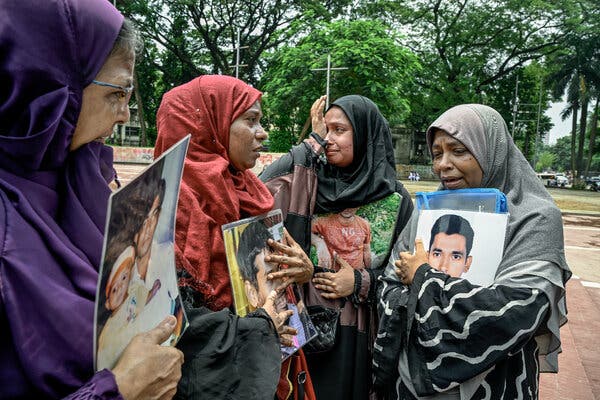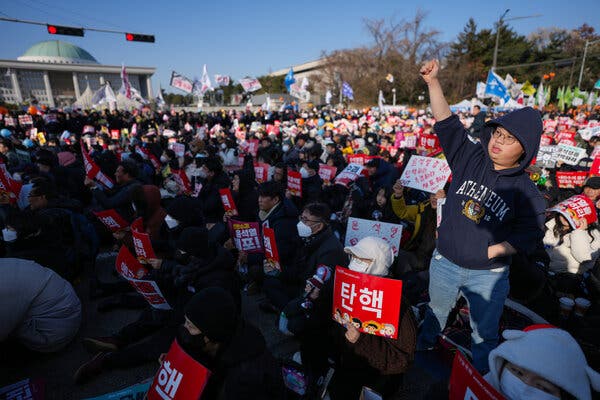Here are some basics from the Times investigation into Bangladesh’s secret military prison, the “House of Mirrors.”

In the two months since Bangladesh’s prime minister, Sheikh Hasina, fled amid mass protests, the country’s 170 million people have had the chance, for the first time in 15 years, to chart a new future out of what remains a deeply uncertain period.
But for three men, it has simply been a chance to see the world again.
Michael Chakma, a tribal rights activist, was abducted in 2019 as part of a campaign of enforced disappearances and spent five years in an underground military prison. He was one of three men set free in August after Ms. Hasina’s departure.
“It was the first time I saw daylight in five years,” Mr. Chakma said. “As I was seeing this, I was trying to double-check if I was just imagining this light or if it was real.”
Under Ms. Hasina, who came to office in 2009, hundreds of people vanished after being abducted by her security forces. Many of the victims were killed and their bodies discarded. The rest were shut in a secret military detention center, code-named the House of Mirrors.
With Ms. Hasina no longer in power, The Times was able to piece together the story of her secret detention program. Here are some of the takeaways from that investigative article.
Who was imprisoned, and why?
Once an embodiment of her nation’s democratic longings, Ms. Hasina descended over time into autocracy, paranoia and repression, marshaling the state machinery to neutralize any challenge to her grip on power.



